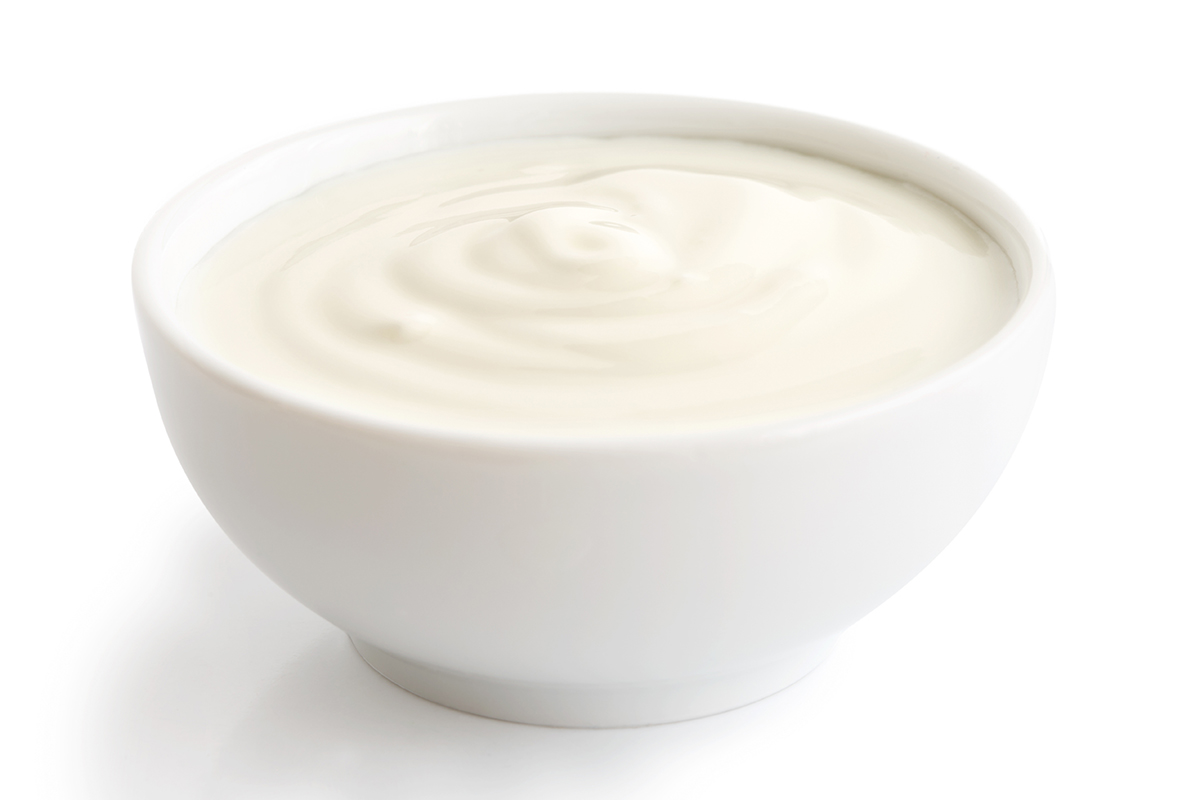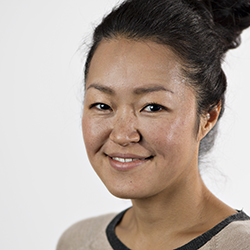The trials show that non-thermal combination treatments have the potential to become alternatives to traditional heat treatments in yoghurt manufacturing.
Main conclusions
- Use of the combination technology showed potential as a non-thermal alternative to the traditional heat treatment:
- Shorter fermentation time
- Similar microbial dynamic of the starter culture during fermentation
- Fulfilled CODEX standard
- Similar storage stability
- Further optimisation work is needed
Purpose of the trial
Yoghurt appeals to many consumers due to its high nutritional benefits and convenience. Conventional heat treatment can compromrise the nutritional and organoleptic properties of the product, also affecting the eco-footprint of the industry. To this end, non-thermal technologies (such as high-pressure (HPP), ultrasound (US) and the use of carbon dioxide (CO2) have attracted attention, either when implemented alone or in selected combination, as an alternative to heat treatment in dairy processing.
To find ways of manufacturing yoghurt more efficiently, we conducted trials with combined innovative technologies.
We investigated the potential of non-thermal combination technology with CO2, HPP and US to improve the efficiency and sustainability of yoghurt manufacturing, while maintaining the product quality and storage stability of yoghurt produced with heat treatment.
Methodology
Reconstituted skimmed milk was subjected to either heat treatment (85 C° for 20 minutes, followed by inoculation with starter culture) as control or a sequential process of CO2-HPP-US (combination technology). The milk sample was packaged with CO2 in a sous-vide pouch and immediately subjected to HPP (400 MPa, for 15 minutes) prior to the inoculation and US treatment (68 kHz, 300 W, for 15 minutes at 42 °C).
All samples were fermented at 42 °C until the pH reached ~4.6, and the resulting yoghurt gel was stored overnight at 4 °C. The change in the pH and viscoelastic properties of the sample and the kinetics of the starter culture were assessed during the fermentation. SDS-PAGE analysis of the treated milks was performed. The storage stability was examined for up to 42 days of storage at 4 °C with the vial count of the starter culture, titratable acidity (CODEX STAN 243-2003) and whey separation.
What was examined
Fermentation process
The combination technology, especially with the US treatment for 15 minutes, reduced the total fermentation time compared to traditional heat treatment.
The microbial dynamics during the fermentation were similar for the samples subjected to the heat treatment and to the combination technology, indicating that the processing conditions did not influence the growth and metabolic activities of the starter culture.
Yoghurt properties
The yoghurt gel produced with HPP 400 MPa for 15 minutes exhibited viscoelastic properties that were comparable to those of the control sample, but with a larger standard deviation indicating a variability in the gelation process.
The lower yield strain and stress of the yoghurt gel indicated that the use of the combination technology generally resulted in more brittle gel with a weaker interconnectivity within the gel network compared to the heat-treated sample.
Storage stability
During storage, the yoghurt gel produced with the heat treatment and the yoghurt gel produced with the combination technology showed similar viable counts of the starter culture, postacidification and titratable acidity, but different amounts of whey separation.

